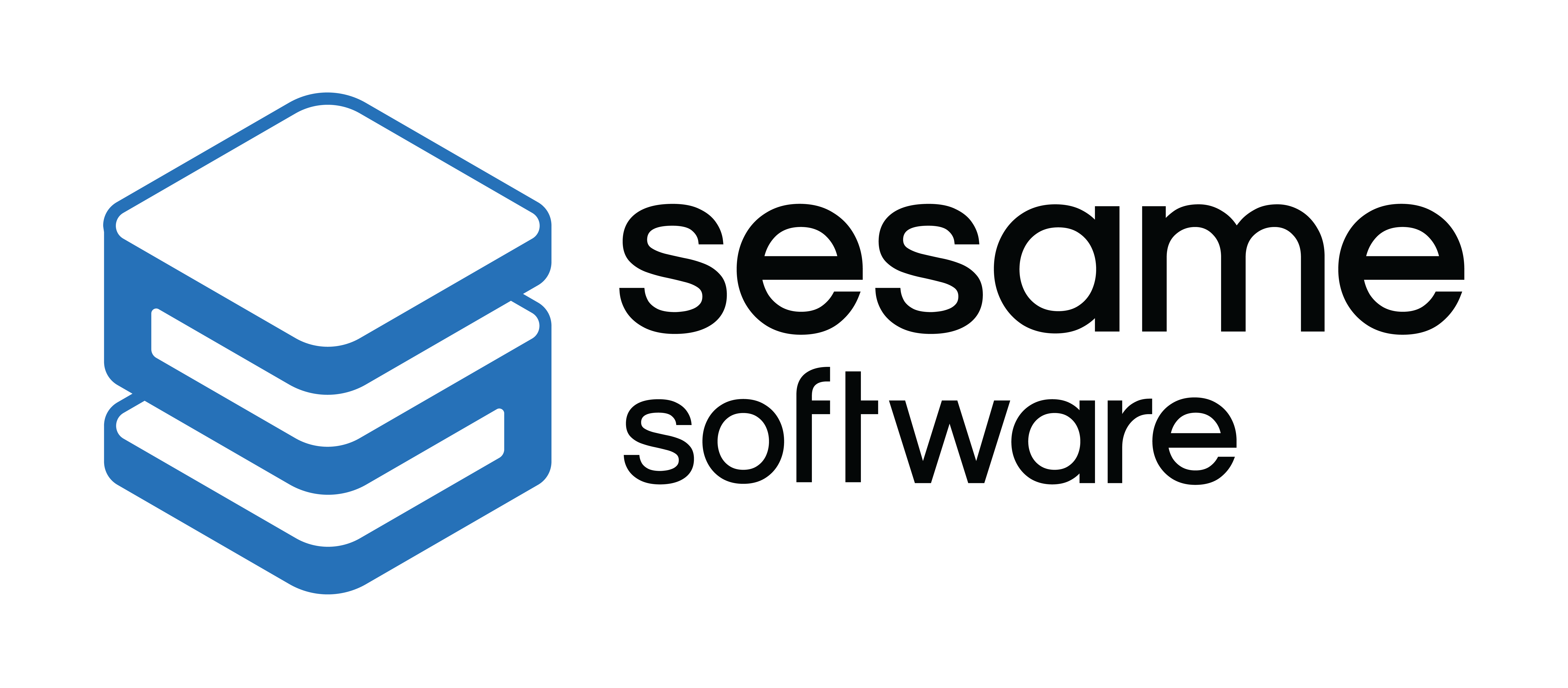Composable Data Pipelines: Future-Proof Your Data Strategy
- David Estrada
- Sep 25
- 3 min read
Updated: Oct 15
Enterprises now manage more data than ever. This data is scattered across various apps, databases, and clouds. Traditional ETL workflows are often rigid, slow to change, and costly to maintain. Composable data pipelines offer a different path. They break data movement into small, reusable functions that you can combine, test, and scale as needs evolve. The result is faster time to value, cleaner data for analytics and AI, and greater control over where your information lives.
At Sesame Software, we build pipelines with modular components that do one job well. Producers pull data from sources like Salesforce or NetSuite. Transformers normalize, enrich, or redact fields. Consumers write data to warehouses, object stores, or analytics tools. Because each function is independent, teams can prototype quickly, add custom logic, and scale without reworking the whole pipeline.
Why Composable Data Pipelines Matter Now
Business leaders want results fast. Composable data pipelines let you spin up proof of concepts and production flows without rewriting large jobs. When a new use case appears, you can reuse existing functions and add only what’s necessary. This approach lowers risk and shortens delivery cycles.
Scaling is another significant advantage. Modern architectures rely on serverless and distributed compute to process high volumes without huge infrastructure overhead. With a modular approach, you can scale individual pipeline stages independently. This is more cost-efficient and easier to monitor.
Compliance and data quality matter more than ever. Pipelines can include validation, normalization, enrichment, and PII redaction steps before any dataset reaches analytics or archives. This makes audits simpler and reduces exposure.
Finally, AI readiness depends on clean, tagged, and consistent data. Composable pipelines automate wrangling, add metadata, and produce reliable training sets that improve model performance.
How Composable Data Pipelines Work

Our model separates responsibilities into small, pluggable pieces. Producers connect to sources such as Salesforce, NetSuite, JDBC, or third-party APIs. Reusable functions perform transformations: normalize data types, add metadata tags, remove unnecessary fields, enrich addresses, or redact sensitive values. Consumers persist results to Snowflake, S3, SQL databases, or BI tools.
Because each step is auditable and independent, you get clearer lineage and easier troubleshooting. You can substitute or update a single function without affecting the rest of the flow. This also lets teams version functions and test changes safely.
Prebuilt vs Custom Functions for Composable Data Pipelines
Sesame provides prebuilt functions for common tasks like string normalization, default values, and PII handling so you can move quickly. For advanced needs, you can add custom functions for AI enrichment, third-party API calls, or serverless scaling using AWS Lambda or equivalent. Mix and match prebuilt and custom functions to create pipelines tailored to your architecture. Start with low-risk, high-value flows (for example, Salesforce → Snowflake) and iterate toward richer enrichment and governance over time.
Business Benefits of Composable Data Pipelines
Faster proofs of concept and lower time to value.
Improved data quality and audit readiness.
Elastic scale without oversized infrastructure.
Easier maintenance and faster feature delivery.
Better datasets for analytics and machine learning.
These translate to faster insights, lower operational costs, and a stronger compliance posture.

Data pipelines should be flexible, auditable, and ready for what comes next. Sesame Software’s composable data pipelines help you move, clean, and govern data in near real-time. This ensures analytics and AI teams get trustworthy inputs while engineering teams benefit from simpler, safer flows. If you want a quick checklist or a short demo, click the button below.
Next Steps
See our full range of pipeline capabilities to design modular, auditable data flows.
Learn which connectors match your architecture and scale needs.
Book a demo to validate your architecture and prioritize a pilot.
Download a quick evaluation checklist to share with your team.
Composable Data Pipeline FAQ
What are composable data pipelines?
Composable data pipelines use small, reusable functions (producers, transformers, consumers) that connect to form end-to-end flows. They replace monolithic ETL with modular parts you can reconfigure for new use cases.
How do composable data pipelines differ from traditional ETL?
Traditional ETL is typically a single, rigid process. Composable pipelines are modular, easier to test, and faster to change — which reduces time-to-value for POCs and improves maintainability.
Are composable pipelines secure and compliant?
Yes. Functions can include built-in normalization, redaction, and metadata tagging so sensitive fields are handled before data reaches analytics or archives. Sesame supports GDPR/HIPAA controls and audit logs.
How long does it take to implement a composable pipeline?
Times vary by use case. A simple replication pipeline (e.g., Salesforce → Snowflake) can be configured in days; advanced enrichment or custom functions can take a few weeks. We help prioritize quick wins first.
Can composable pipelines prepare data for AI?
Absolutely. Automated wrangling, metadata tagging, and consistent formatting create high-quality training datasets for ML models.
Found this post helpful? Share it with your network using the links below.




